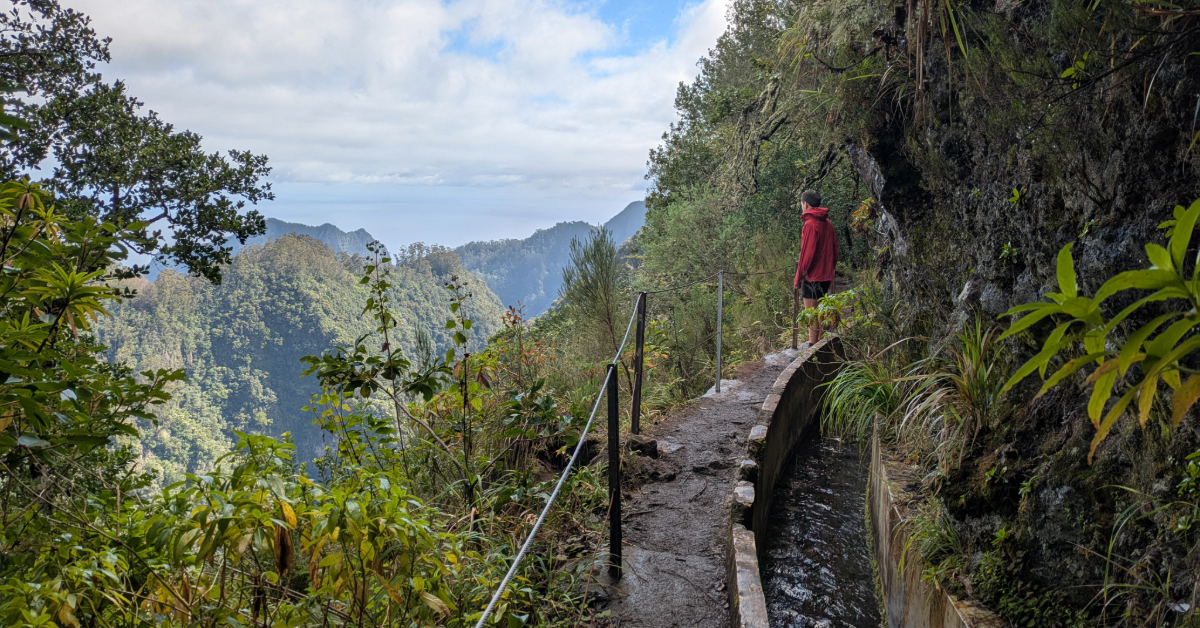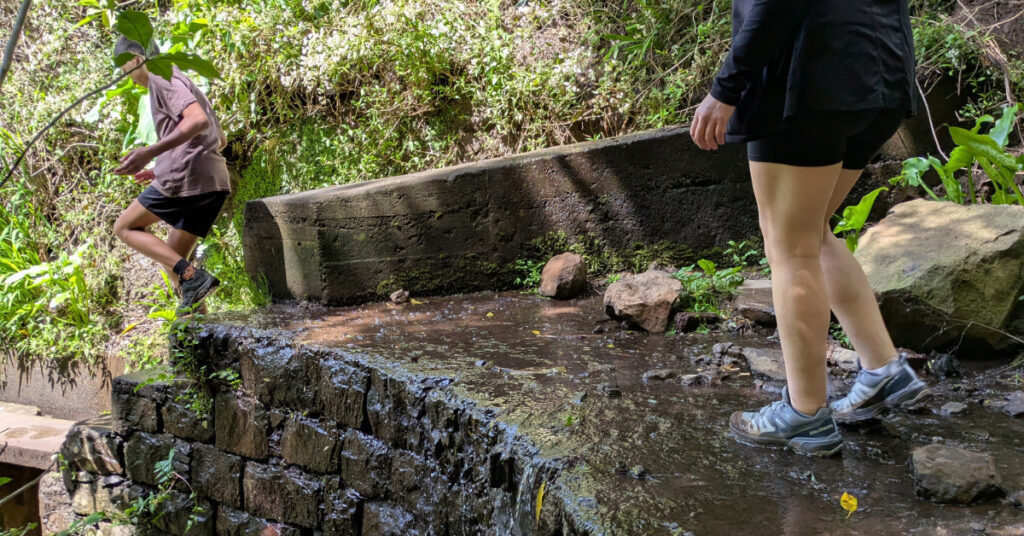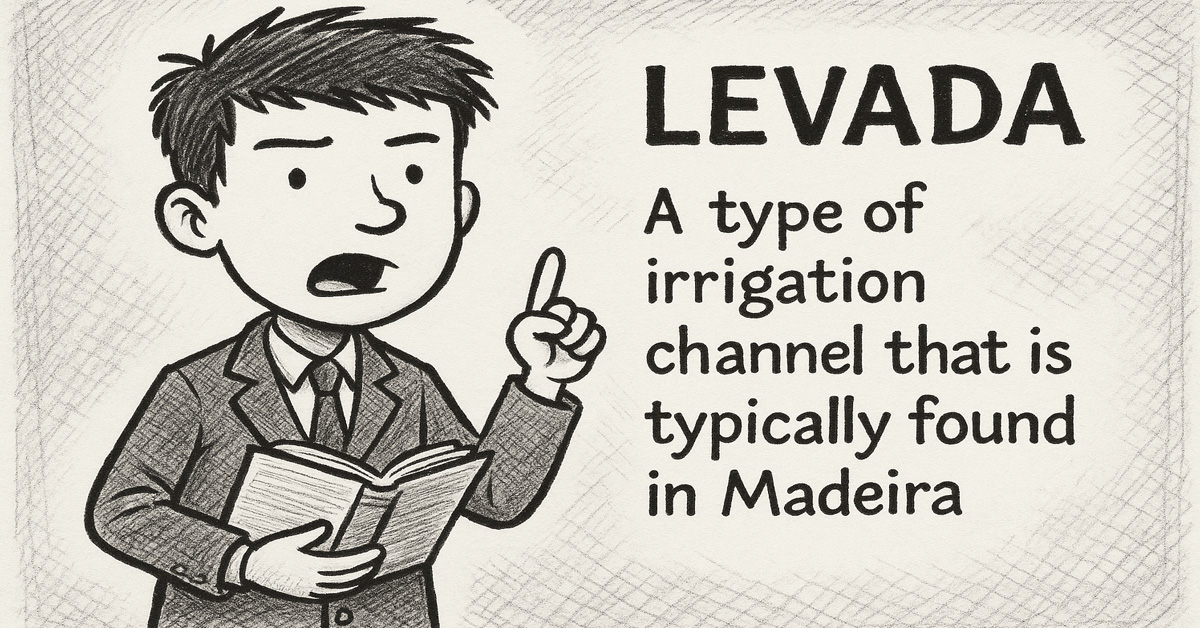With its fertile land and a temperate climate, the first settlers on Madeira recognised the potential of the island. But they faced many challenges, such as water. There was plenty of water on the island, but it would often rain heavily in places where it wasn’t needed and not at all where it was needed. To combat this, they began constructing a systems of levadas.

Coming from the Portuguese verb meaning ‘to carry’, levadas are called irrigation channels in English. Used to transport water from the mountains down to the towns, usually through hydroelectric plants, they were very important because they allowed Madeira to grow and export crops, especially sugarcane. Not only that, but they ran the first mills and the sugar factories, allowing Madeira to become one of the largest sugar growers and exporters.
The earliest levadas were sometimes built with basalt. Over time they became deeper and deeper, but stayed around the same width to reduce water evaporation.

Workers sometimes hung off cliffs to drill waterways through the tough rock, with only simple tools. Sadly many lost their lives in this daring task. Without the hard-working and brave men of the past, Madeira might not have grown to become the island it is today.
Overall levadas are an important part of Madeira’s history. Today levadas stretch over 3,100 km across the island.


